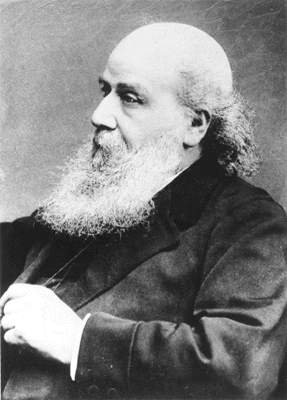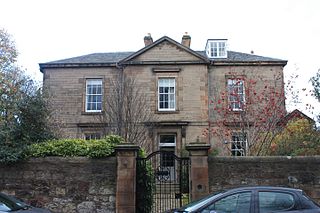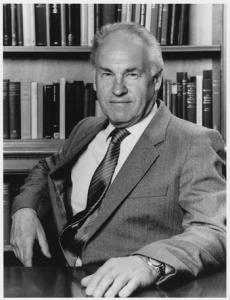
James Joseph Sylvester was an English mathematician. He made fundamental contributions to matrix theory, invariant theory, number theory, partition theory, and combinatorics. He played a leadership role in American mathematics in the later half of the 19th century as a professor at the Johns Hopkins University and as founder of the American Journal of Mathematics. At his death, he was a professor at Oxford University.

Sir William Vallance Douglas Hodge was a British mathematician, specifically a geometer.

Sir Erik Christopher Zeeman FRS, was a British mathematician, known for his work in geometric topology and singularity theory.

Nigel James Hitchin FRS is a British mathematician working in the fields of differential geometry, gauge theory, algebraic geometry, and mathematical physics. He is a Professor Emeritus of Mathematics at the University of Oxford.

John Lighton Synge was an Irish mathematician and physicist, whose seven-decade career included significant periods in Ireland, Canada, and the USA. He was a prolific author and influential mentor, and is credited with the introduction of a new geometrical approach to the theory of relativity.

Dame Mary Lucy Cartwright was a British mathematician. She was one of the pioneers of what would later become known as chaos theory. Along with J. E. Littlewood, Cartwright saw many solutions to a problem which would later be seen as an example of the butterfly effect.
George Barker Jeffery FRS was a leading mathematical physicist in the early twentieth century. He is probably best known to the scientifically literate public as the translator of papers by Albert Einstein, Hendrik Lorentz, and other fathers of relativity theory.
Edward Charles "Ted" Titchmarsh was a leading British mathematician.
Prof Arthur Geoffrey Walker FRS FRSE was a British mathematician who made important contributions to physics and physical cosmology. Although he was an accomplished geometer, he is best remembered today for two important contributions to general relativity.

Dusa McDuff FRS CorrFRSE is an English mathematician who works on symplectic geometry. She was the first recipient of the Ruth Lyttle Satter Prize in Mathematics, was a Noether Lecturer, and is a Fellow of the Royal Society. She is currently the Helen Lyttle Kimmel '42 Professor of Mathematics at Barnard College.

Peter Jephson Cameron FRSE is an Australian mathematician who works in group theory, combinatorics, coding theory, and model theory. He is currently half-time Professor of Mathematics at the University of St Andrews, and Emeritus Professor at Queen Mary University of London.

Peter John Hilton was a British mathematician, noted for his contributions to homotopy theory and for code-breaking during World War II.
Henry Keith Moffatt, FRS FRSE is a British mathematician with research interests in the field of fluid dynamics, particularly magnetohydrodynamics and the theory of turbulence. He was Professor of Mathematical Physics at the University of Cambridge from 1980 to 2002.

Terence John LyonsFLSW is a British mathematician, specialising in stochastic analysis. Lyons, previously the Wallis Professor of Mathematics, is a fellow of St Anne's College, Oxford and a Faculty Fellow at The Alan Turing Institute. He was the director of the Oxford-Man Institute from 2011 to 2015 and the president of the London Mathematical Society from 2013 to 2015. His mathematical contributions have been to probability, harmonic analysis, the numerical analysis of stochastic differential equations, and quantitative finance. In particular he developed what is now known as the theory of rough paths. Together with Patrick Kidger he proved a universal approximation theorem for neural networks of arbitrary depth.

Prof Herbert Westren Turnbull FRS FRSE LLD was an English mathematician. From 1921 to 1950 he was Regius Professor of Mathematics at the University of St Andrews.

Douglas Samuel Jones MBE, FRS, FRSE was a mathematician and electrical engineer known for his works in the field of electromagnetism.

John Bryce McLeod, was a British mathematician, who worked on linear and nonlinear partial and ordinary differential equations.
Andrew Paul Guinand(3 March 1912 – 22 March 1987) was an Australian mathematician and a professor at the University of New England.
Harold Stanley Ruse, MA, DSc, FRSE was an English mathematician, noteworthy for the development of the concept of locally harmonic spaces. He was Professor of Pure Mathematics at the University of Leeds.
Prof George Stanley Rushbrooke FRS FRSE was a 20th century British theoretical physicist.












